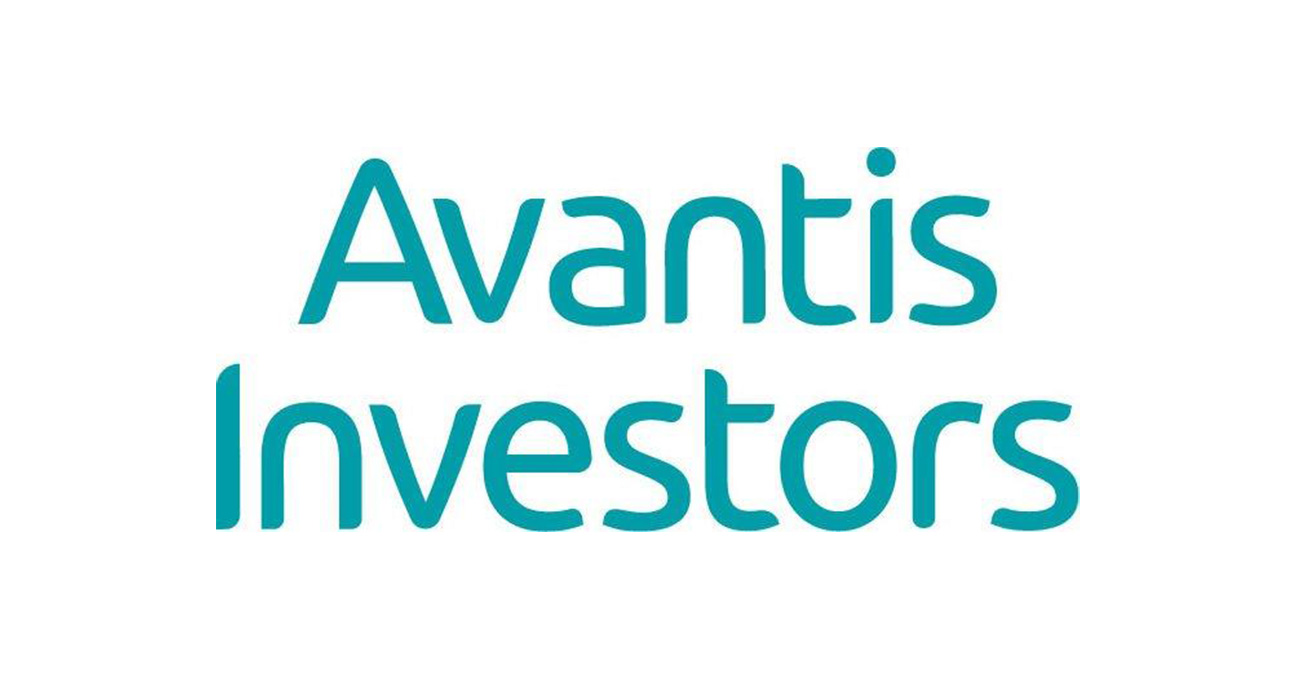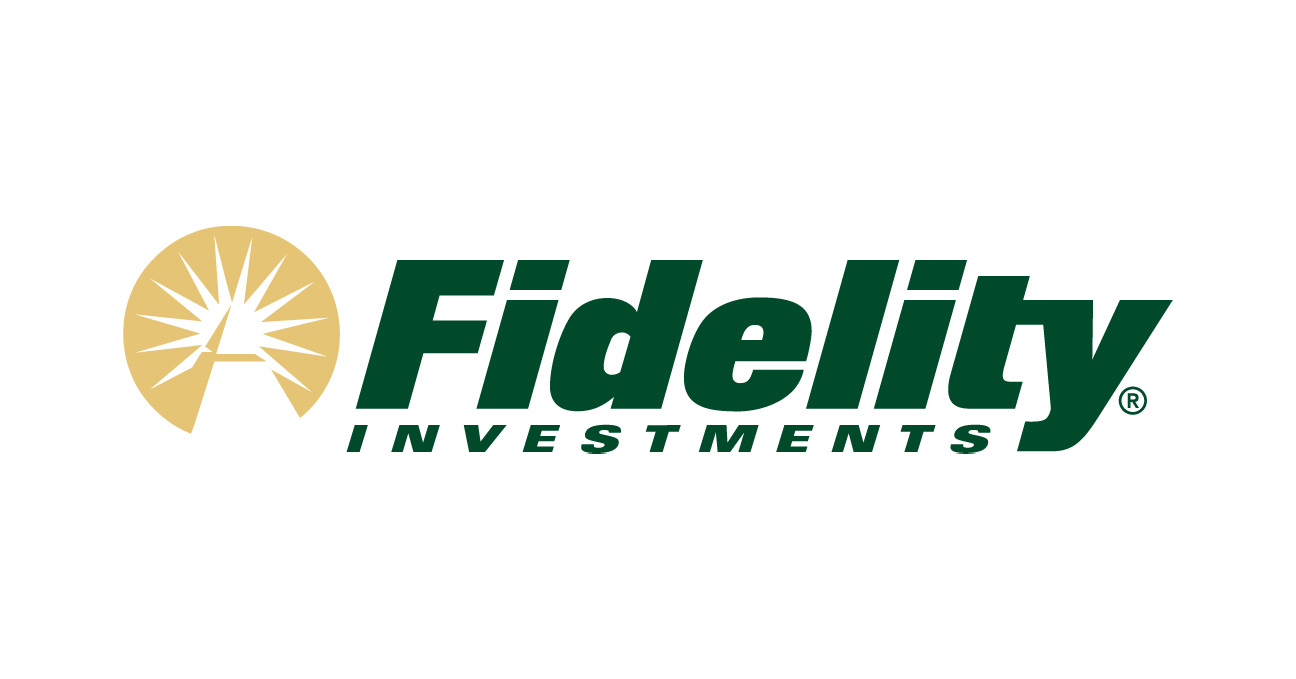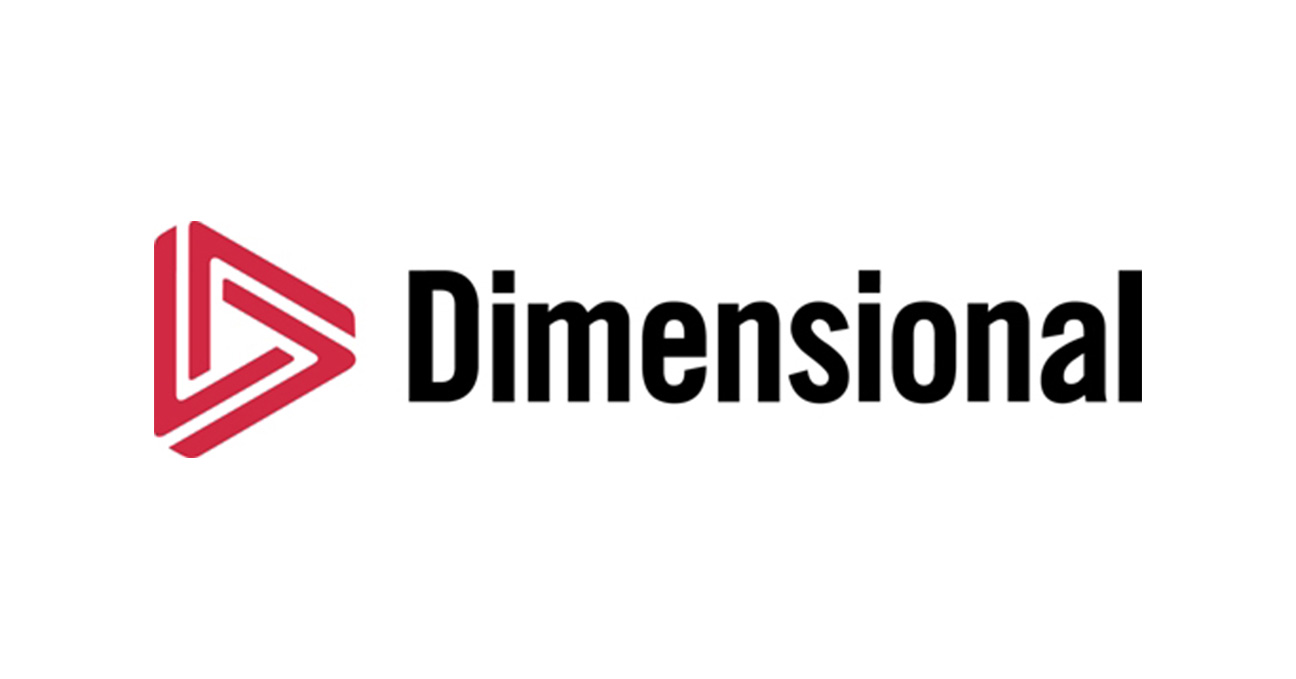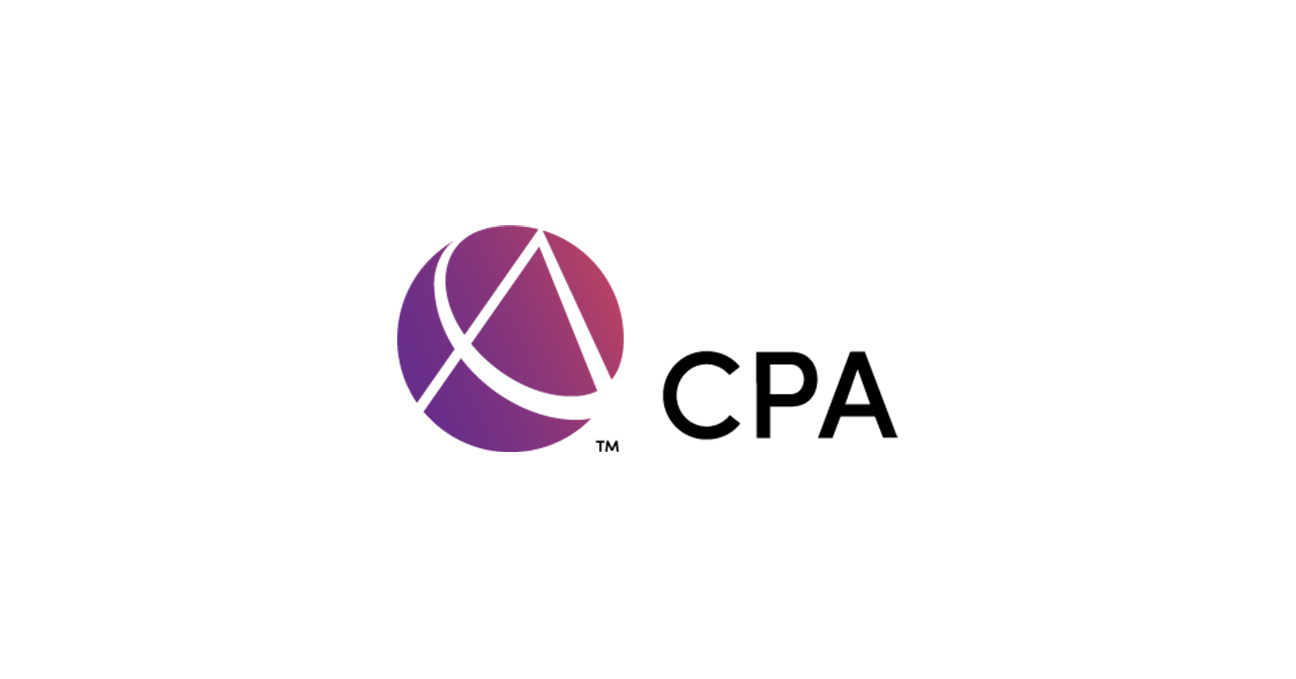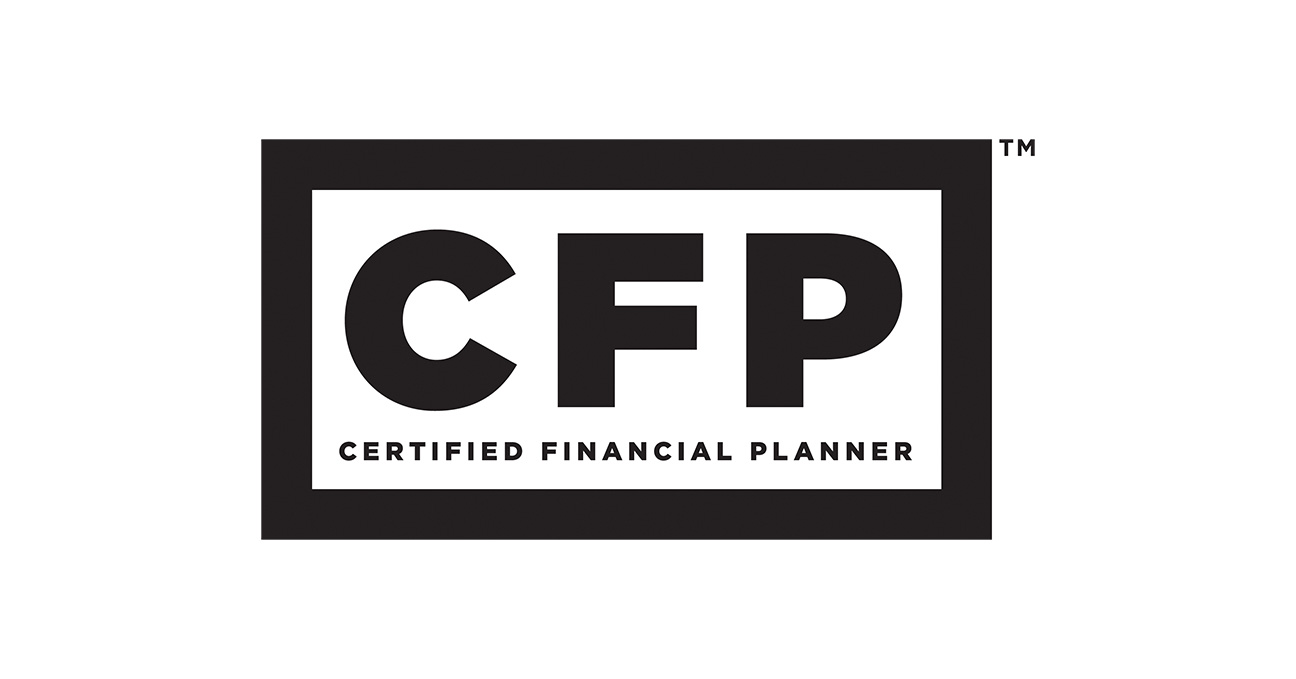If your investment strategy emphasizes income (dividends, interest, and capital gains), you need to understand the Net Investment Income Tax (NIIT). It’s a 3.8% surtax that targets high earners with significant investment income. Congress introduced the NIIT as part of the Affordable Care Act in 2013. Its stated purpose was to help fund Medicare by taxing unearned income among high-income taxpayers.
While the 3.8% rate might seem modest, the tax can add up quickly in portfolios generating regular income. The NIIT is particularly challenging because it’s layered on top of ordinary income or capital gains tax. That means high-income investors may face combined federal rates approaching 40% or more on certain types of investment income.
Given these stakes, understanding how the NIIT functions and how to mitigate it is critical for preserving after-tax returns.
Application of the NIIT
The NIIT applies to individuals with modified adjusted gross income (MAGI) above $200,000 for single filers and $250,000 for joint filers. It’s assessed on the lesser of (1) your net investment income or (2) the amount your MAGI exceeds the threshold.
Net investment income includes the interest, dividends, and capital gains you recognize during the year and passive income streams like rent, royalties, and distributions from passive partnerships.
To calculate NIIT, you start by identifying the total amount of your net investment income. Then, compare that number to the excess of your MAGI over the applicable threshold ($200,000 or $250,000). The smaller of the two amounts is subject to the 3.8% surtax.
It’s a deceptively simple formula that can result in complex planning challenges, especially for taxpayers with income that fluctuates yearly.
How NIIT affects high-yield portfolios
A high-yield portfolio often includes dividend-paying stocks, bond ladders, bond funds, REITs and MLPs, preferred stocks, and closed-end funds. These assets produce consistent income, much of which is taxable and classified as net investment income.
NIIT applies to:
- Taxable interest.
- Dividends (qualified and non-qualified).
- Capital gains.
- Passive income from partnerships and rental real estate.
- Royalties and annuities (unless part of a trade or business).
It doesn’t apply to:
- Tax-exempt interest (e.g., municipal bonds).
- Wages and self-employment income.
- Social Security benefits.
- IRA and qualified plan distributions (though these still count toward MAGI).
What’s changed under the One Big Beautiful Bill Act (OBBBA)?
On July 4, 2025, Congress passed the One Big Beautiful Bill Act (OBBBA). While it reshaped many parts of the tax code, it left the NIIT untouched.
While OBBBA didn’t alter the NIIT directly, several new provisions could influence how it affects you in practice.
SALT cap expansion : The deduction cap for state and local taxes increased to $40,000 from $10,000 for some filers;
Permanent TCJA tax brackets : OBBBA preserved the existing federal income tax structure.
QSBS expansion : You may qualify for significant capital gains exclusions if your holdings include Qualified Small Business Stock (QSBS). For stock issued after July 4, 2025, you can now exclude:
50% of the gain if held for 3 years
75% if held for 4 years
100% after 5 years
The law also increased the per-issuer gain exclusion from $10 million to $15 million and raised the company asset cap from $50 million to $75 million.
Minimization strategies
By implementing these tax-smart strategies, you can effectively minimize your exposure to the Net Investment Income Tax (NIIT) and keep more of your income.
Time capital gains strategically : Sell appreciated assets in low-income years.
Use Roth accounts : Roth IRAs and 401(k)s don’t increase MAGI.
Monitor MAGI : Plan income recognition to manage NIIT exposure.
Use charitable remainder trusts. These trusts allow you to donate appreciated assets, defer capital gains tax, and reduce taxable income while receiving an income stream.
Tax-loss harvesting : Tax-loss harvesting can be employed throughout the year, not just at year-end, to offset gains with losses in a disciplined, year-round process.
Use donor-advised funds : Donating appreciated assets directly to a donor-advised fund may reduce MAGI and eliminate capital gains on the gifted assets.
What to consider moving forward
Navigating NIIT isn’t something you should attempt without guidance.
The interplay between MAGI, investment income, and other tax considerations makes this a prime area for proactive planning. Consider working with a qualified financial advisor to develop a personalized strategy that helps manage NIIT exposure while aligning with your broader investment and lifestyle goals.
As tax laws continue to evolve, the ability to anticipate potential liabilities rather than react to them is a defining trait of a savvy investor.




